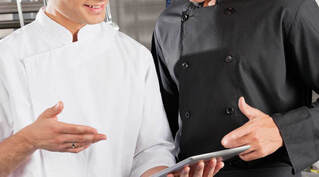 How tech can take safety, quality and compliance concerns off your plate If you’re managing a continuous cycle of having to do more with less – like juggling more work across a smaller crew, for example, or having to conduct more onboarding training with fewer longtime staff on your roster – it can be easy for your food safety and quality to slip through the cracks. Fortunately, tech tools can help you ensure you’re upholding key standards regardless of what’s happening and which employees are staffed during a shift. As Restaurant Technology News reported recently, tech-driven support can include everything from prompts to wash hands during busy periods to reminders about completing compliance tasks across multiple locations. Looking at your operation, where are manual processes still in use? Where do you see your standards slipping – or see potential for that to happen? Looking externally, do all of your suppliers share your commitment to safety and have mechanisms in place to protect it, or is there room to make changes for the better? When automated tools are in place, you’re able to manage business more effectively with fewer people and you also stand to make your employees’ jobs a little easier, which can help with morale and retention. 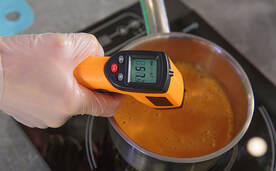 At your restaurant, do in-person safety audits feel like a relic of the pre-pandemic era, or have you reverted back to those routines? In a recent report from Modern Restaurant Management, Kari Hensien of RizePoint says the shift to remote audits and self-inspections may be one of the best things to come from the pandemic: It has made it possible for restaurants to audit more frequently and with a combination of tools. As a result, audits may feel less like intimidating events and more like ongoing check-ups designed to support continuous improvement. While an in-person presence has its benefits too, taking full advantage of technology as an auditing tool can help you spot small problems more quickly and with greater precision. When the required course-correction is minor and feels less punitive, staff morale is likely to benefit too.  At a time when you’re likely working with a smaller staff and/or onboarding new employees on a regular basis, it’s especially important to be able to deliver food safety training that keeps pace with a wide range of training needs. Technology is of critical help here. Are you currently able to use digital tools to provide your team with short training videos or on-demand guidance from any device – as well as track employees’ progress in meeting training objectives? Doing so is an efficient way to ensure you stay in compliance with regulations and protect food safety. Ask Team Four for help in using technology to deliver targeted training that helps protect your food safety program.  If you’re like many operators managing a high degree of employee turnover right now, you’re having to prioritize both constant onboarding of new and/or temporary staff, as well as enhanced cleaning procedures. If you’re continuing to use any manual processes to conduct and track safety checks, this can enable staff to tick boxes on checklists without actually completing necessary tasks, exposing your operation to food safety problems. Using a digital system to ensure safety protocols are followed can also make it easier to conduct self-audits between third-party audits, so you can ensure your business stays on track between inspections.  Delivering food safety training and staying on top of hazards was challenging enough for foodservice businesses before the pandemic. Now that these businesses are short-staffed and trying to stay ahead of worker turnover, it’s even more difficult – and has accelerated efforts to use technology to ensure food safety. That has been the case for Wendy’s, which has been working with NSF International to use their EyeSucceed smart glasses to protect food safety. Nation’s Restaurant News says the augmented reality glasses allow real-time, two-way, hands-free communication used for inspections, approvals, trainings and demonstrations for one person or many at once. Could you outsource any of your food safety training to tech? 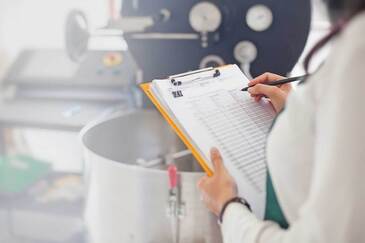 As you continue to build business back up after the constraints of the pandemic, you may be feeling the need to cut corners and revert to manual processes that you had been delegating to technology. Food Safety Tech reports that restaurants that had been using operational software to monitor food safety processes may be slipping back to the pen-and-clipboard method in an effort to contain costs on tech. Or, those that had been integrating more smart devices into their operation – remote temperature sensors or Bluetooth temperature probes, for example – may be using not-so-smart methods to track food safety practices if and when those devices break or need replacement. While this may be unavoidable in the near term, it just means that some extra precision is required at each stage to ensure your food safety standards aren’t slipping. Covid-era changes to restaurant dining can make it easy to overlook the many other aspects of food safety that a restaurant team must remember. Can you tap into tech to help your staff avoid information overload? Food Safety News suggests incorporating such measures as electronic checklists to prompt staff about procedures and instructions, automated prompts to help them avoid keeping food sitting out for too long, or alerts about issues that could become problems if not addressed quickly – like rising temperatures in a cooler. Finally, digitize any remaining paper-and-pencil processes in your business, like compliance checklists or records.
One COVID-era precaution that seems to be finding new applications in the post-pandemic world is UV lighting. While UV lights were adopted by some operators last year as a means of keeping food safe by killing bacteria, they are now being integrated into the food storage lockers that are becoming an increasingly common off-premise dining solution. Business Insider reports that brands including Burger King, KFC and Smashburger are testing heated or cooled lockers designed to keep food at the proper temperature until that food is collected, and some of the lockers use UV light to kill bacteria.
While health and safety have been a growing concern for restaurants in the past year, technology is also stepping up to provide better options to protect and track food, ranging from coatings to extend the shelf-life of produce, to blockchain technology that helps chefs pinpoint the best times to use a food product (or quickly track the source of contamination in the case of an outbreak). Now, Food Safety News reports that a new technology is showing the potential to prevent contamination in salad greens. The technology uses streams of water carrying sound and tiny air bubbles to remove microbial contaminants from spinach – a product susceptible to salmonella and other bacteria. The research, a collaboration of Sloan Water Technology, produce supplier Vitacress, the University of Southampton, and the Global Network for Antimicrobial Resistance and Infection Prevention, was published in the journal Ultrasound in Medicine & Biology.
The adoption of new technology in restaurants used to be all about maximizing efficiency. But in the midst of a pandemic, much restaurant technology turns out to be just as beneficial in protecting the safety of employees and customers. Whether you're considering adopting a cloud-based, decentralized POS system, a new kitchen display system, or simply an ordering app, these resources minimize the number of shared surfaces people must touch. Further, by digitizing communication throughout your business, they eliminate the need for face-to-face interactions with customers and employees alike. No more greasy smudges on order slips passed among team members, drawn-out conversations with guests looking to customize a dish, or extra interactions with kitchen staff about a customer's food allergy. Where are your food safety pain points? Chances are technology can help ease them -- and boost your efficiency in the process.
|
subscribe to our newsletterArchives
April 2024
Categories
All
|
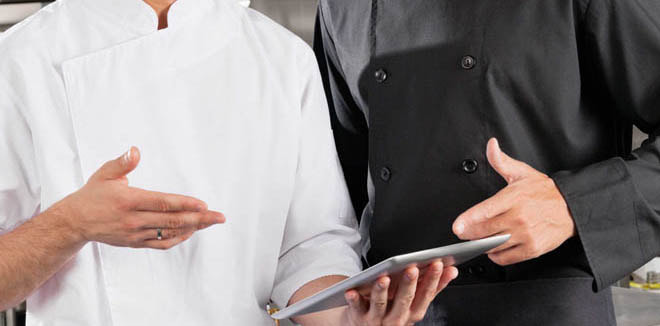


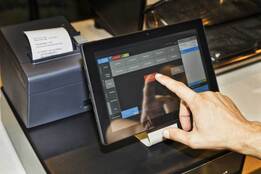


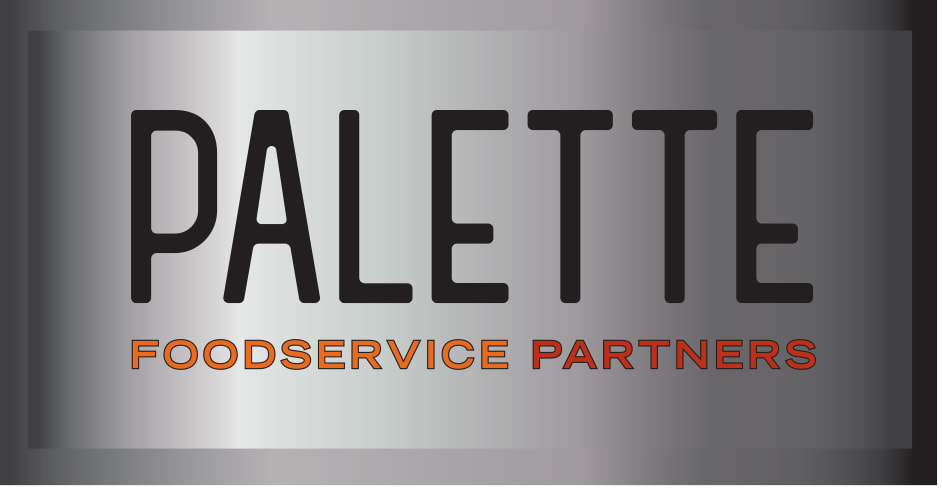
 RSS Feed
RSS Feed